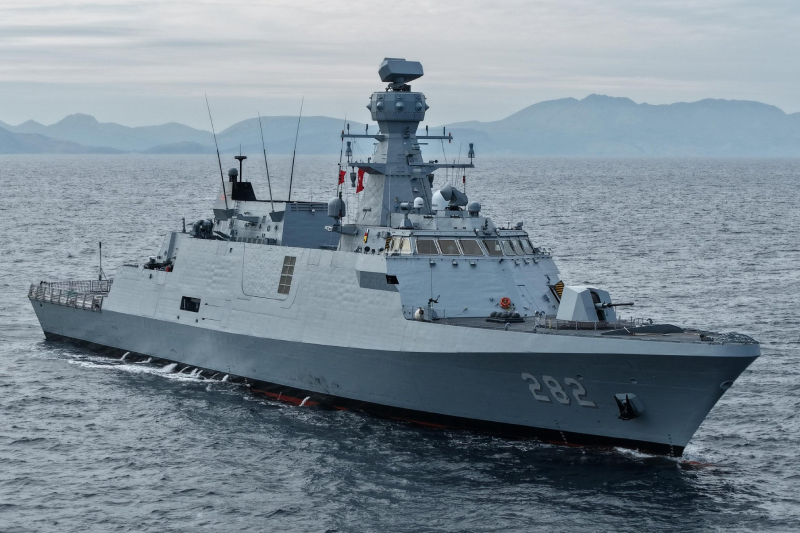US cranks F-35 production in a losing race with China
The F-35 program, despite its groundbreaking capabilities and strategic importance, faces significant challenges in its race to maintain aerial superiority over China’s rapidly advancing military aviation technology. The recent decision to push the F-35 into full-rate production comes amidst concerns over delays in critical technology updates and budget constraints that might hamper the U.S. military’s procurement plans.
Full-Rate Production and Tech Refresh Delays
The decision to enter full-rate production was delayed due to issues with the Joint Simulation Environment tests but has now been finalized despite the F-35 fleet facing integration delays with the Tech Refresh-3 (TR-3) hardware configuration. This configuration is crucial for implementing Block 4 upgrades, which include significant enhancements in processing power, sensor capabilities, and weapons systems.
Also read this: China’s Progress Towards a Fourth Aircraft Carrier
Challenges with Block 4 Upgrades
The U.S. military’s hesitation to accept new F-35 aircraft is tied to the delays in Block 4 upgrades, which are essential for the future operational effectiveness of the F-35. These upgrades are pivotal in ensuring that the F-35 remains at the technological forefront of modern combat aircraft.
Production and Budget Concerns
Although the F-35 has reached a production milestone with 1,000 units built, the program faces potential slowdowns due to budgetary pressures and reduced procurement targets. The U.S. Department of Defense’s budget constraints have already led to a reduction in the number of F-35s planned for purchase in the coming years.
China’s Advancements
China is making significant strides in developing its own advanced military aviation capabilities, most notably with the J-20 and the emerging J-35, which is seen as a direct competitor to the F-35, especially in carrier operations. The J-35’s design and capabilities suggest that China is closing the technological gap in stealth and advanced fighter technology.
Strategic Implications
The competition between the U.S. F-35 and Chinese advancements like the J-20 and J-35 highlights the ongoing strategic rivalry for air superiority in the Pacific and beyond. The F-35’s technological edge, particularly in stealth capabilities, is crucial for maintaining tactical advantages in potential conflict zones like the Taiwan Strait.
The U.S. is at a pivotal moment in maintaining its edge in air superiority against a rapidly advancing Chinese military aviation capability. The F-35 program, despite its challenges, remains a cornerstone of the U.S. military’s future combat readiness.
Keep connected with us at Facebook, Twitter, YouTube, Instagram & TikTok for latest defense happening around the globe.
Discover more from International Defence Analysis
Subscribe to get the latest posts sent to your email.











